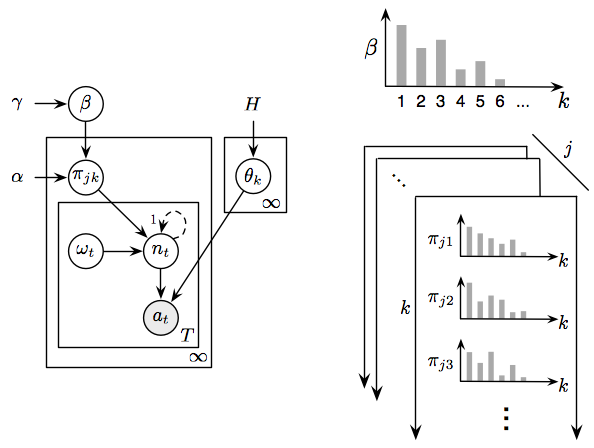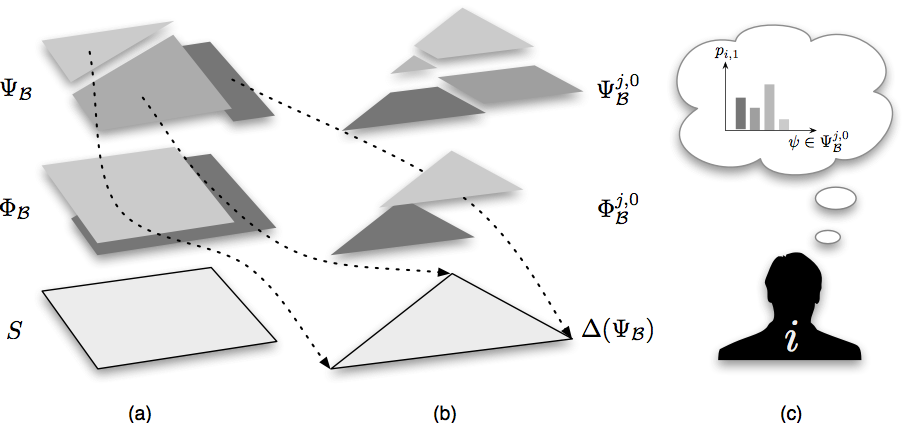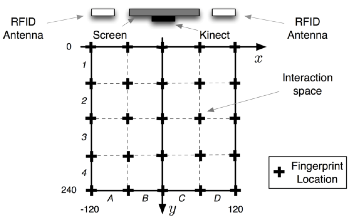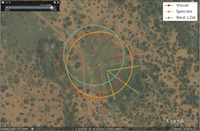ALESSANDRO PANELLA
PhD Student - Research Assistant
Department of Computer Science, University of Illinois at Chicago
I am part of the Artificial Intelligence Lab (AIL) at UIC, and member of the Multiagent System Group (MASG). My current work is about decision making in interactive multi-agent systems. In addition, I'm interested in exact and approximate algorithms for (I-)POMDPS, machine learning, statistical models, Bayesian inference, and other related subjects.
Bayesian policy recognition for interactive POMDPs.

.
In a partially observable environment with other decision makers, an agent must maintain models of the other entities to predict their next action, such as in the case of interactive POMDPs. In my work, I investigate the use of Bayesian methods to learn finite state controller (FSC) representations of other agents, and integrate such models into a stochastic planning framework. Nonparametric priors on the space of FSCs based on the Dirichlet process allow to infer models whose complexity is previously unknown, by letting the number of parameters grow as more data is observed.
Probabilistic logic to represent interactive beliefs.

When explicitly modeling other agents using intentional models, representing the hierarchy of nested beliefs becomes a problem. It can be shown that it is impossible to provide an general mathematical representation of nested probability distributions at nesting level 2 or higher. This work investigates the use of probabilistic first-order logic to provide a compact way to represent nested beliefs. For more details, see the SUM-11 paper and slides.
Probabilistic reasoning for identity assignment in museum exhibits.

This project is a collaboration with the Learning Technologies Group at UIC. Embodied interactions with personalized data open up new frontiers for museum exhibits. The Microsoft Kinect camera is a reliable and effordable technology for motion tracking in an enclosed space. Nevertheless, it does not maintain the identity of the subjects being tracked. We augment the Kinect camera with RFID sensors, through which recognize the users in order to display personalized data. The problem is to maintain the right association between the Kinect and the RFID data. We developed a probabilistic Bayesian inference method to tackle this issue. The results will appear in a paper at CHI 2013.
Watch the video preview!
Effects of anthropogenic bomas on savanna vegetation, insect communities, and herbivore activity

This project stems from the course ``Field Computational Ecology'' and is a collaboration between PhD students from the CS Department at UIC and from the Department of Ecology and Evolutionary Biology at Princeton University, coordinated by Prof. Tanya Berger-Wolf (UIC) and Prof. Daniel Rubenstein (Princeton). A common practice adopted by cattle herders in the northern Kenya savanna is to have their livestock concentrated overnight in circular enclosures called \emph{bomas}. These sites are itinerant and move every few months. The amount of nutrients delivered in the soil during that time has a long-lasting effect on the site's vegetation, that grows thicker and more palatable, a factor that in turn has an impact on the herbivores activity in the surrounding area. While in Kenya, I participated in collecting vegetation samples on a number of different sites of varying age and soil composition, and converting such samples into numbers through an intensive lab activity. The subsequent data analysis involved the use of machine learning techniques and revealed interesting patterns.
Got to the project description page.
Past
As a graduate student at Politecnico di Milano (Italy), I have been part of the Dynamic Reconfiguration in Embedded Systems Design (DRESD) research group at the Microarchitecture Laboratory. My research work focused on methodologies for the design of dynamically reconfigurable multi-FPGA systems. If you are interested, you can download my M.S. thesis (in english).